History of Poplar Grove Farm
-
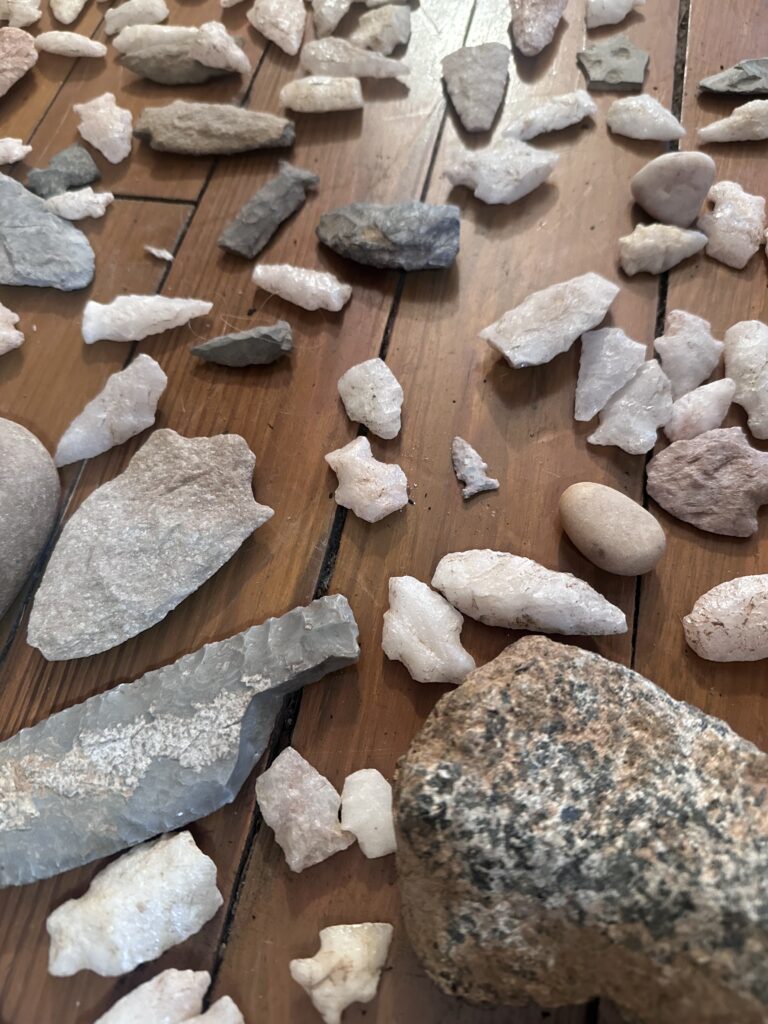
18,000 BCE to 1700 AD
The first people arrived on the American continent in about 18,000 BCE. These early peoples hunted on Poplar Grove Farm. We have found many of their tools including points, arrowheads, and tomahawks around the farm. Some of these Native Americans may have been Patawaomeck Indians, from whom the Curtis and French families are descended.
-
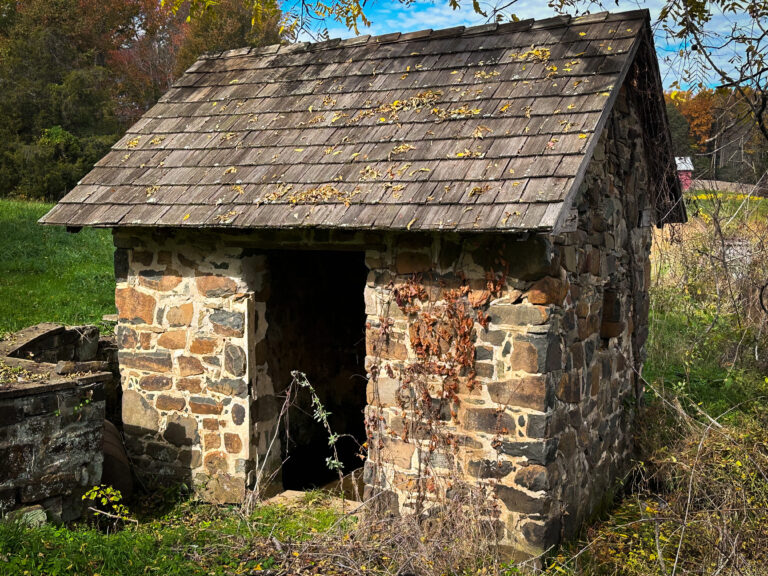
late 1700s to 1814
Quakers built this springhouse when they lived at Poplar Grove Farm in the late 1700s to 1800s. By 1814 they'd left the area because the Ironworks where they worked closed and because of religious persecution, some of which was related to their position against slavery. This springhouse is listed on the Stafford County Historic Register.
-
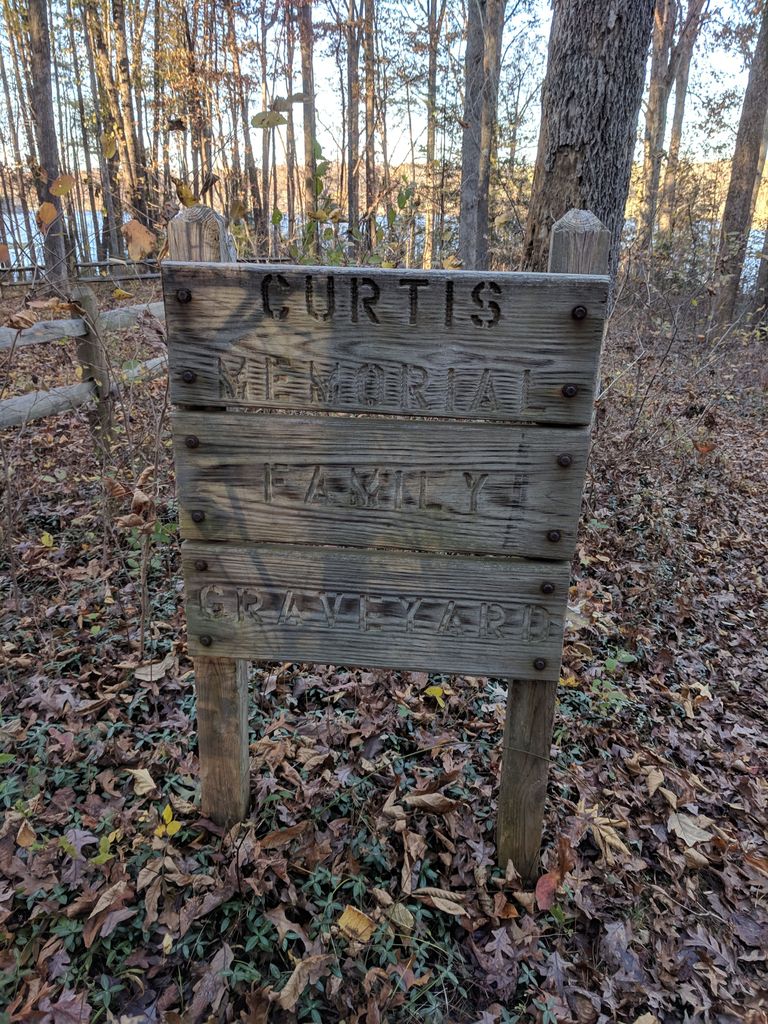
1807 - George Curtis Junior
George Curtis, Jr., began buying up property in the area that had belonged to Quakers and to Robert Carter of Ludlow. He bought parts of what became Poplar Grove Farm beginning in 1807.
-
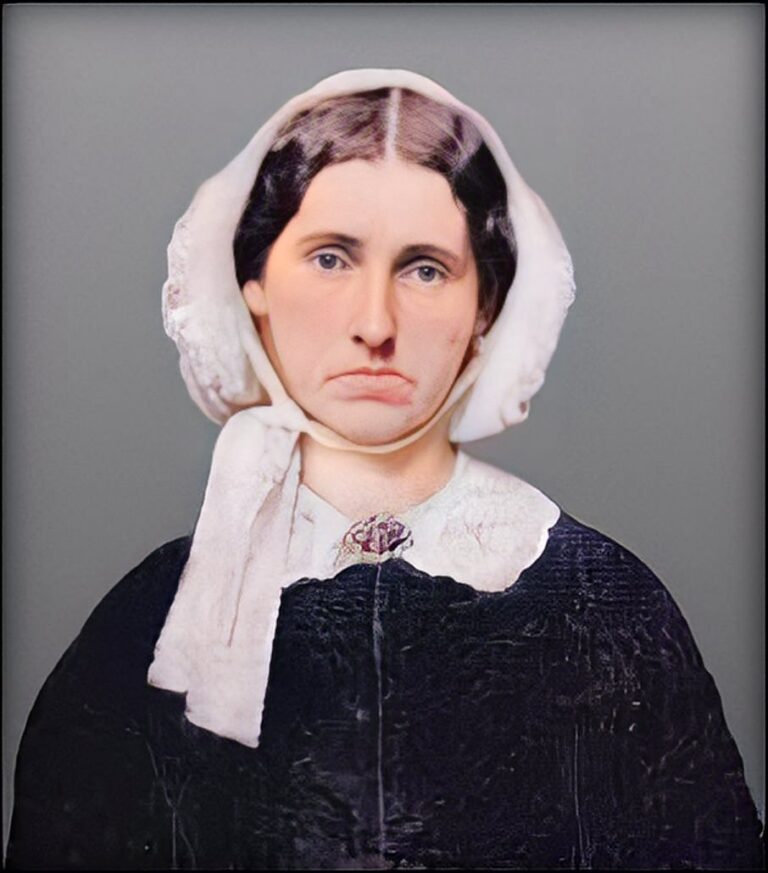
1830 - The Frenches
Sarah Curtis French was given Poplar Grove Farm as her wedding dowry when she married James French in 1830. Sarah Curtis French is the first member of our family to live permanently at Poplar Grove Farm. She and her husband lived in the Old Stone House, which was built by the Quakers.
-
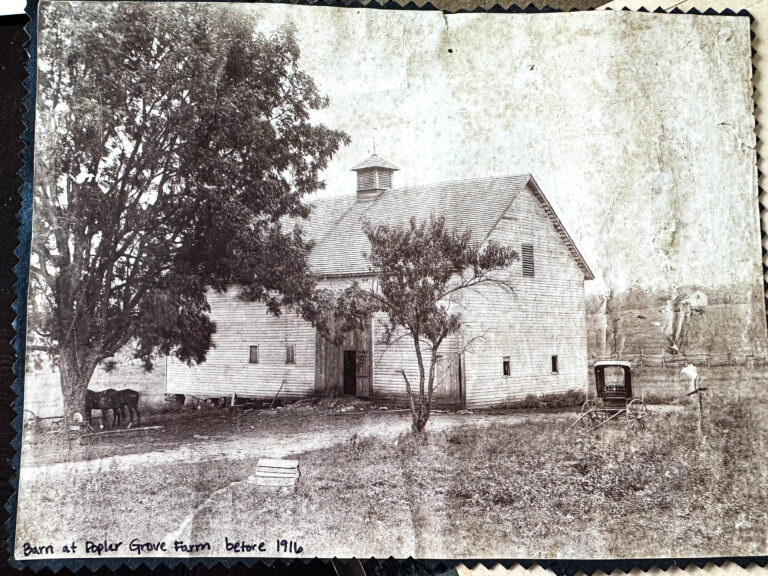
1800s Barn
This wooden barn was built on the property in the 1800s. It is no longer standing. In the background of this picture, you can see a small white house on the top of Cabin Hill. We believe this to be a slave cabin.
-
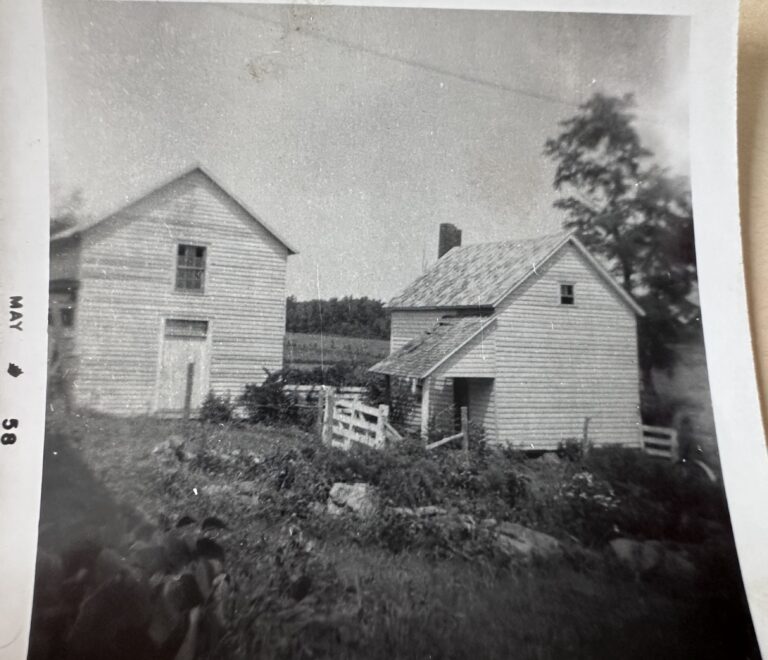
1800s Smokehouse and Summer Kitchen
This smokehouse (left, no longer standing) and summer kitchen (right, awning now missing) were used on the farm beginning in the 1800s. The summer kitchen is listed in the Stafford County Historic Register, shown here in 1958.
-
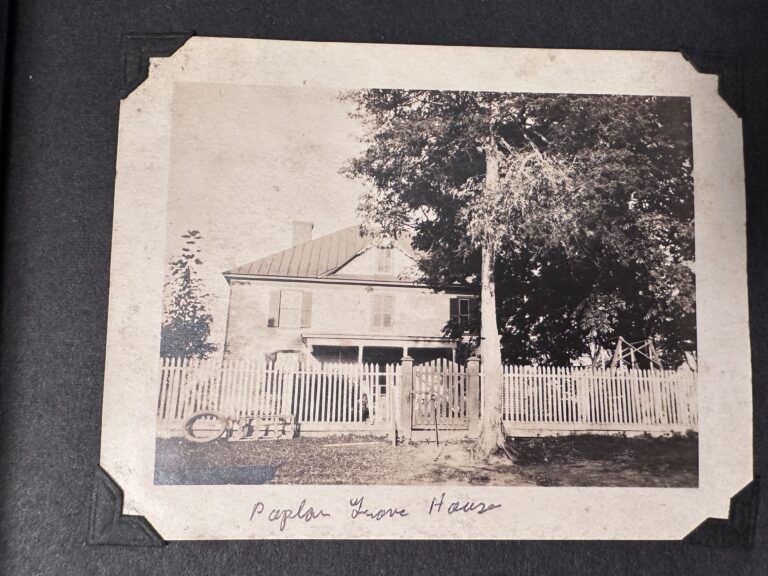
1900 - The House That Burned
In 1900s, John Isemonger French, son of Sarah and James French, tore down the Old Stone House and built this wooden house very near the site of the current home. It burned in about 1935.
-
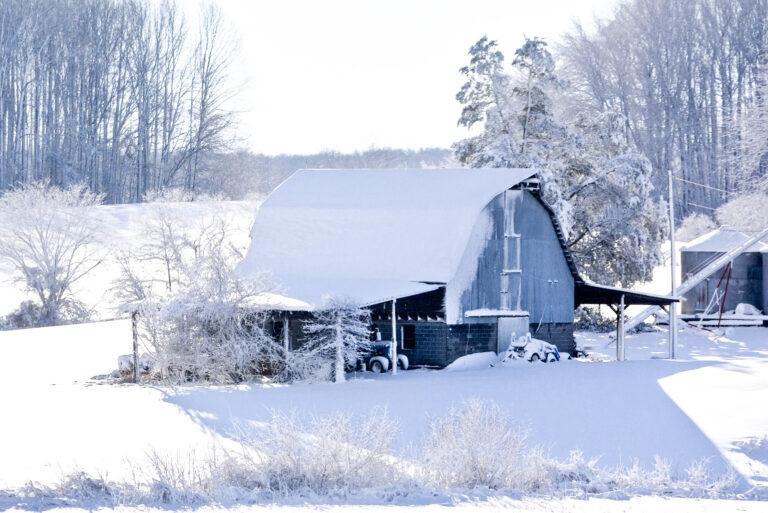
1916 - The Old Gray Barn
The Old Gray Barn was built in about 1916 and has been in continual use since then. It was raised up on cinderblocks during the 1960s. This barn is listed on the Stafford County Historic Register.
-
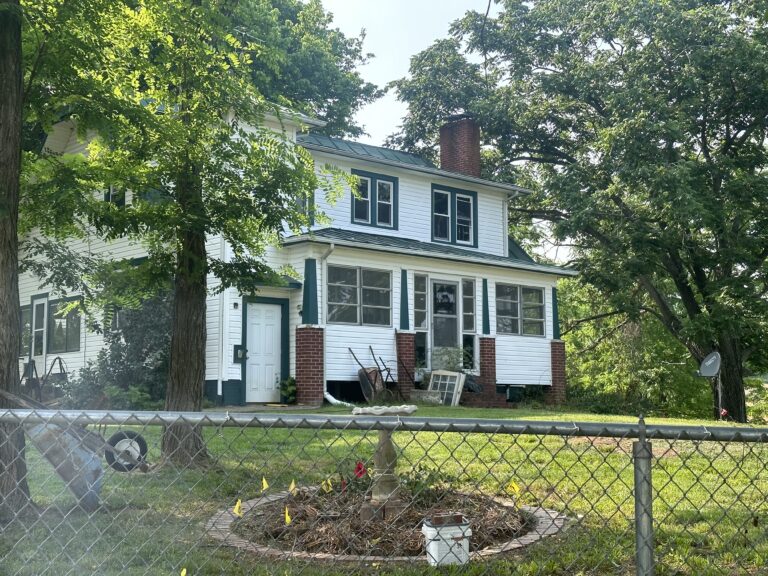
1935 - The Farmhouse
After the house burned, the grandson of John Isemonger French, John French Fitzhugh, built this farmhouse with the help of a neighbor we believe was Stanley Jones. John Fitzhugh was just 17 years old when work began on the house.
-
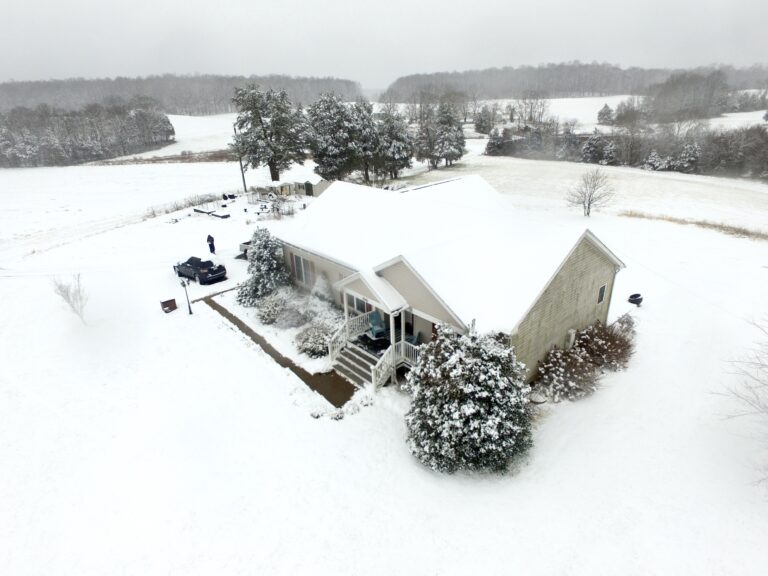
2007 - The Smiths
In 2007 the Smith Family moved to the farm and built this new house in the front field near Poplar Road.
Articles about Poplar Grove Farm
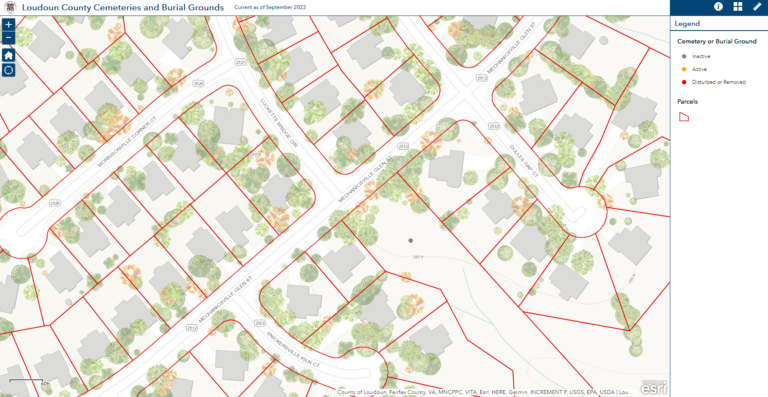
Secrets of the French Bradshaw Cemetery – Loudon Valley Estates, Loudon County, Virginia
As of 2024, the French Bradshaw Cemetery where our great, great, great, great, great grandmother is buried is incorrectly described in Loudon County records. Discover what we know about it.
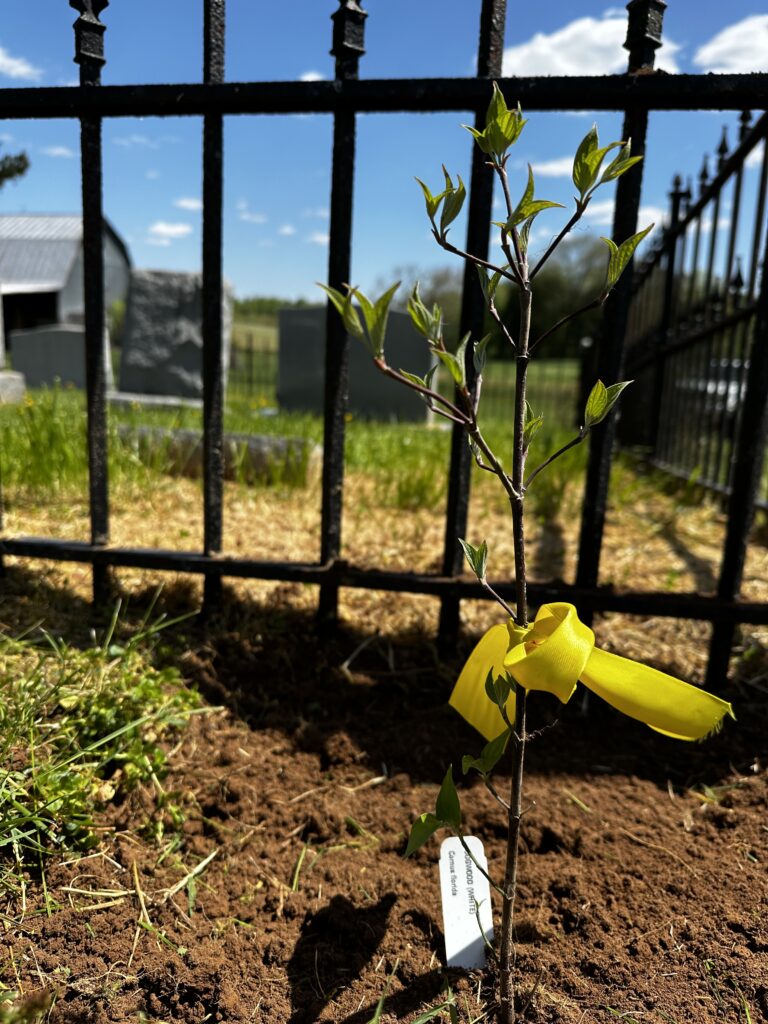
Earth Day at Poplar Grove Farm
It’s a lovely day here at the farm for Earth Day 2024. We received four trees at the plant swap last weekend: two crabapples, one
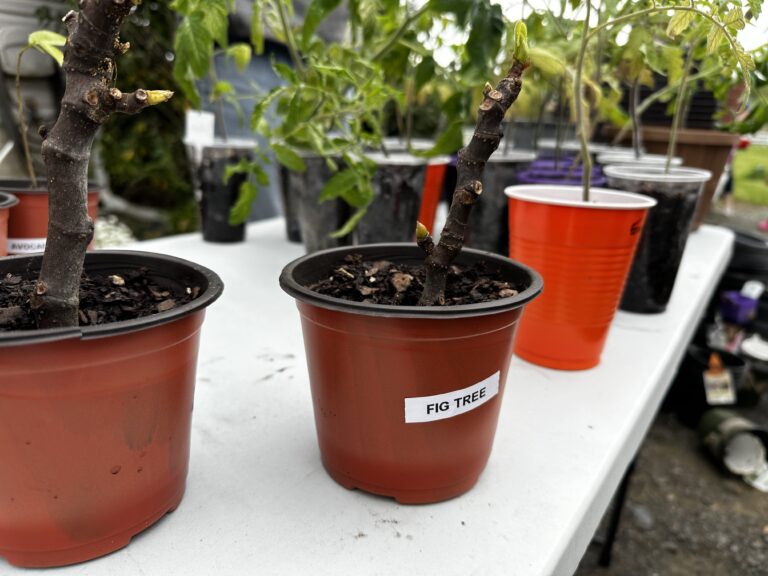
Plant Swap at Poplar Grove Farm
We had a lovely visit today meeting neighbors and new friends while learning about gardening. At least 500 plants exchanged hands, not to mention tools

Plant Swap at Poplar Grove Farm
We are hosting the Stafford VA Gardner’s’ plant swap on April 20,2024. Come on by to meet your neighbors and exchange all things garden related,
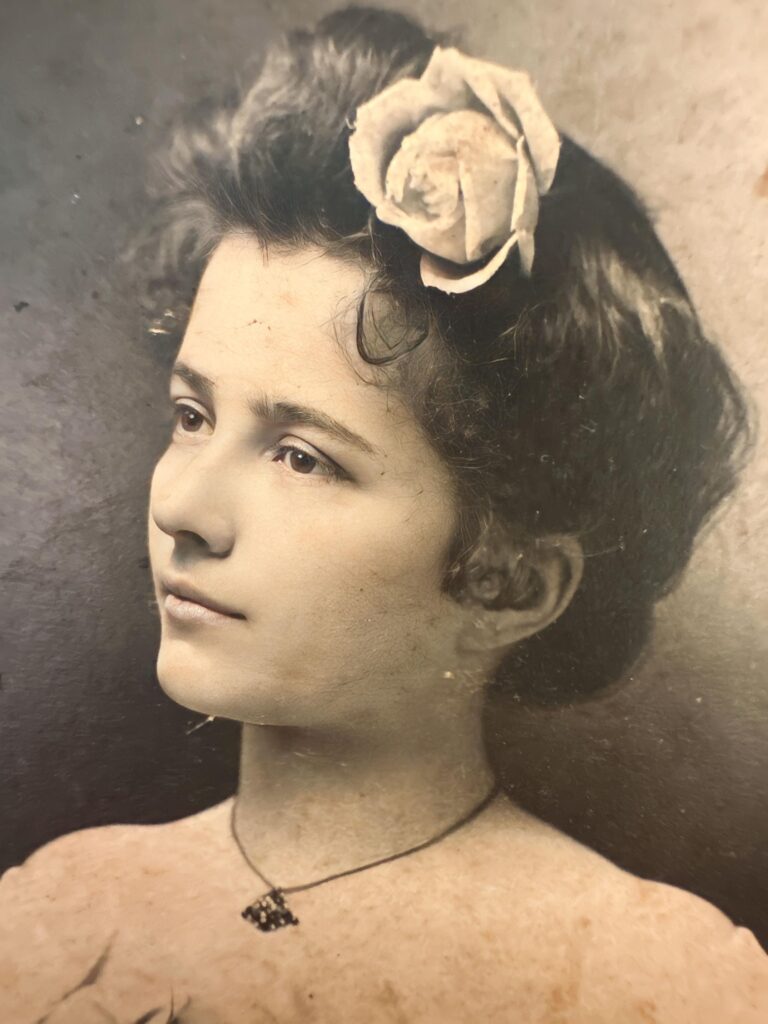
George Stuart Fitzhugh’s 1908 attempt to marry ten year old Lulu Virginia Frazier
In August 1908, 67-year old Reverend George Stuart Hayward Fitzhugh attempted to marry a 10-year old girl, Lulu Virginia Frazier. Shortly after receiving a marriage license to wed the child, George had a heart attack, and a frantic search to determine whether he’d married the child ensued. The press reported the series of events all over the United States…
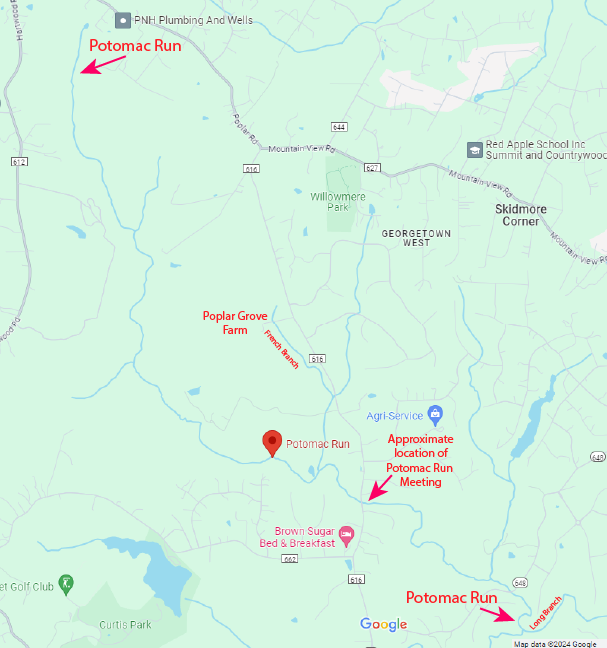
Potomac RUN, Potomac CREEK, and the Stafford Quakers
When writing about the Quakers in Stafford county, be sure to get the locations correct. Stafford Quakers lived and met along Potomac RUN not Potomac Creek.

Sam and the Buried Treasure at Devil’s Backbone
Sam Jones believed a treasure was buried on Poplar Grove Farm in the 1860s. Its location is still a mystery.
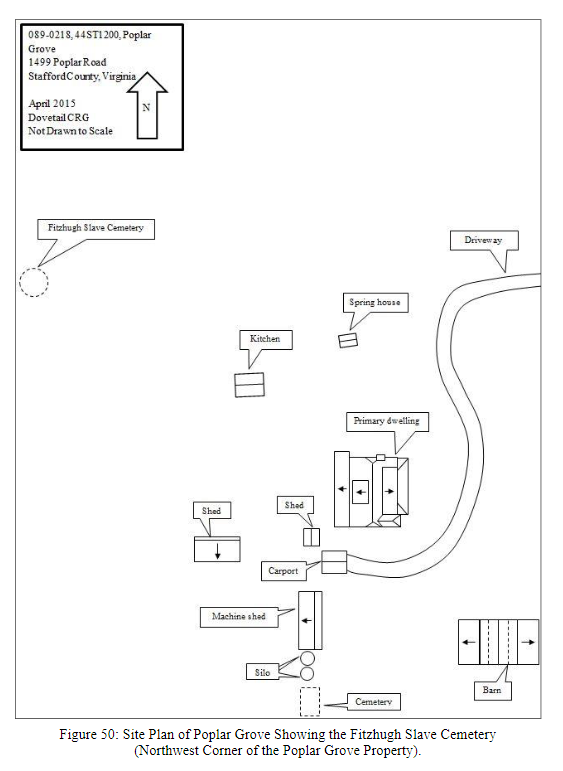
Poplar Grove Farm Slave Cemetery Survey, 2015
Stafford County commissioned a survey of slave-related locations within the county in 2015. It is referred to in the survey by the unfortunate, inaccurate moniker “Fitzhugh Family Slave Cemetery”. There are no slaves who belonged to the Fitzhugh family buried in the slave cemetery at Poplar Grove Farm, and no slaves named Fitzhugh are buried here either.
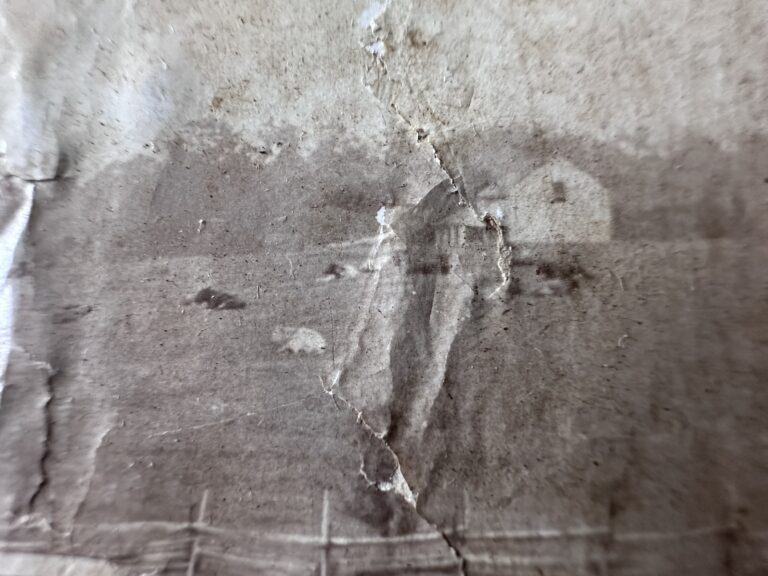
History of Slavery at Poplar Grove Farm
Who held slaves at Poplar Grove Farm? Where did slaves live at Poplar Grove Farm? What were the names of slaves who lived at Poplar Grove Farm?
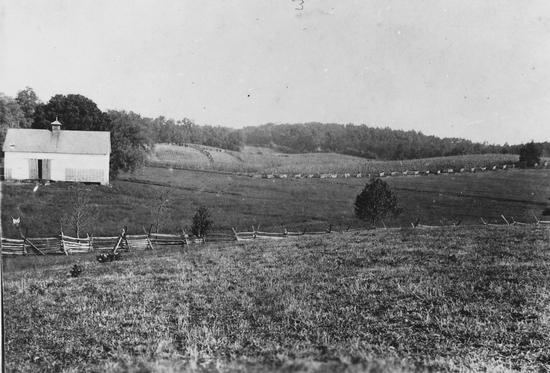
New Images of Poplar Grove Farm at the Library of Virginia
Photographs and some interesting stories about slaves who lived on Poplar Grove farm: the Parkers, Henry Cooke, Sam Jones, and John Day.
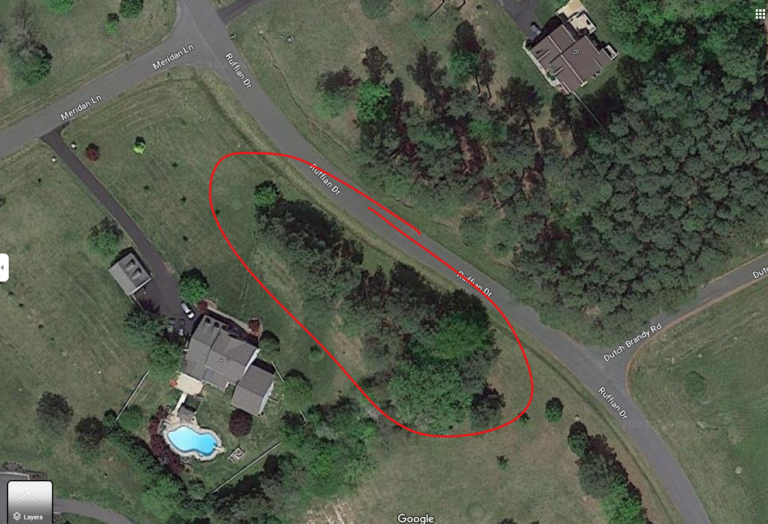
How is Poplar Grove Farm related to Seven Lakes Subdivision in Stafford County?
Poplar Grove Farm has an interesting connection with Seven Lakes Subdivision in Stafford County.
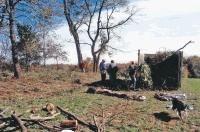
Poplar Grove Farm Slave Cemetery in the news
Our slave cemetery was cleaned up in 2007. It has been mentioned several times in letters to the editor of the Free-Lance Star newspaper.
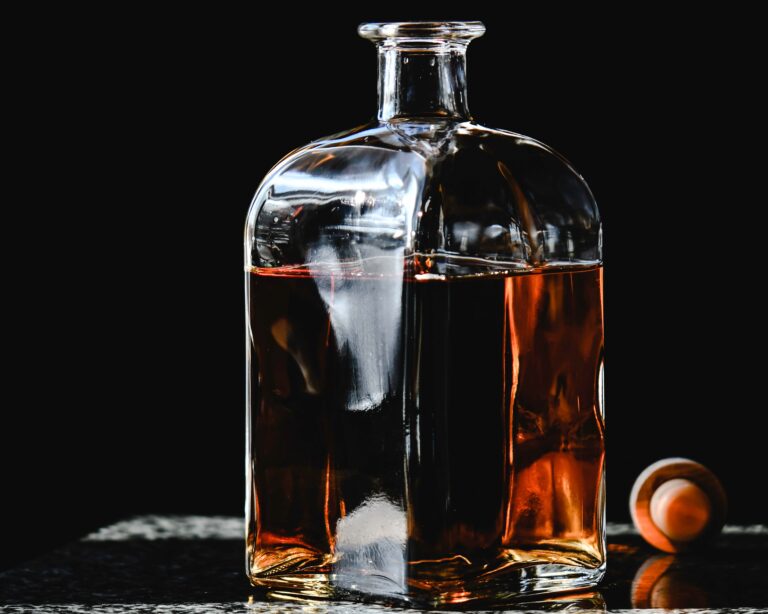
Distilleries at Poplar Grove Farm
Alcohol was produced at Poplar Grove Farm, both legally and illegally, back nearly 200 years. What types of alcohol were found on the farm?
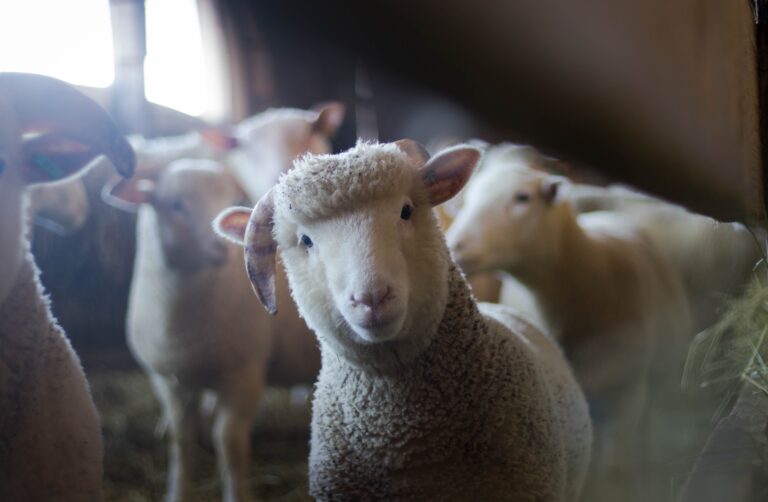
Why don’t farmers raise sheep in Hartwood any more?
During the Civil War, farmers in Stafford County raised sheep. Why don’t farmers raise sheep any more?
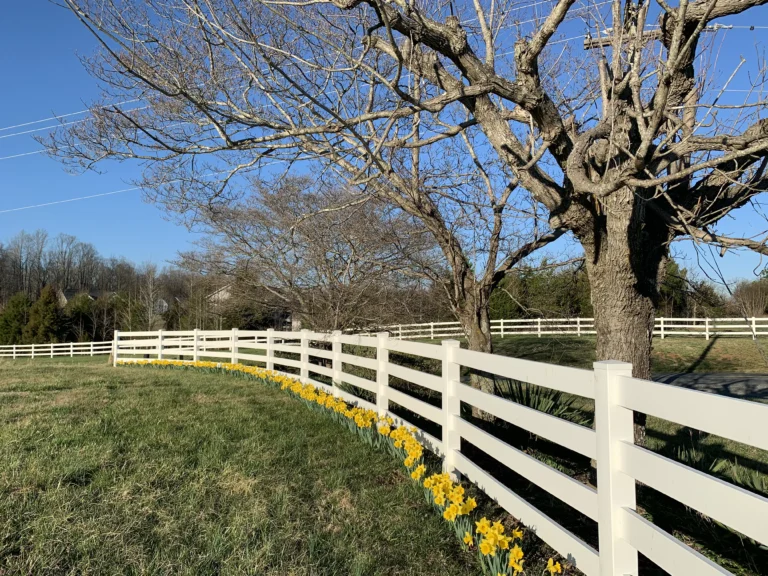
The Old Stone House at Poplar Grove Farm
The first house built at Poplar Grove Farm was the Old Stone House. It was a Quaker-built structure, largest in the neighborhood.
